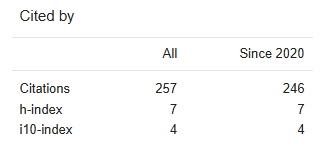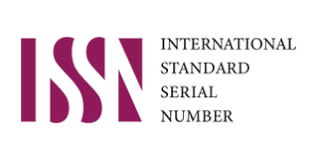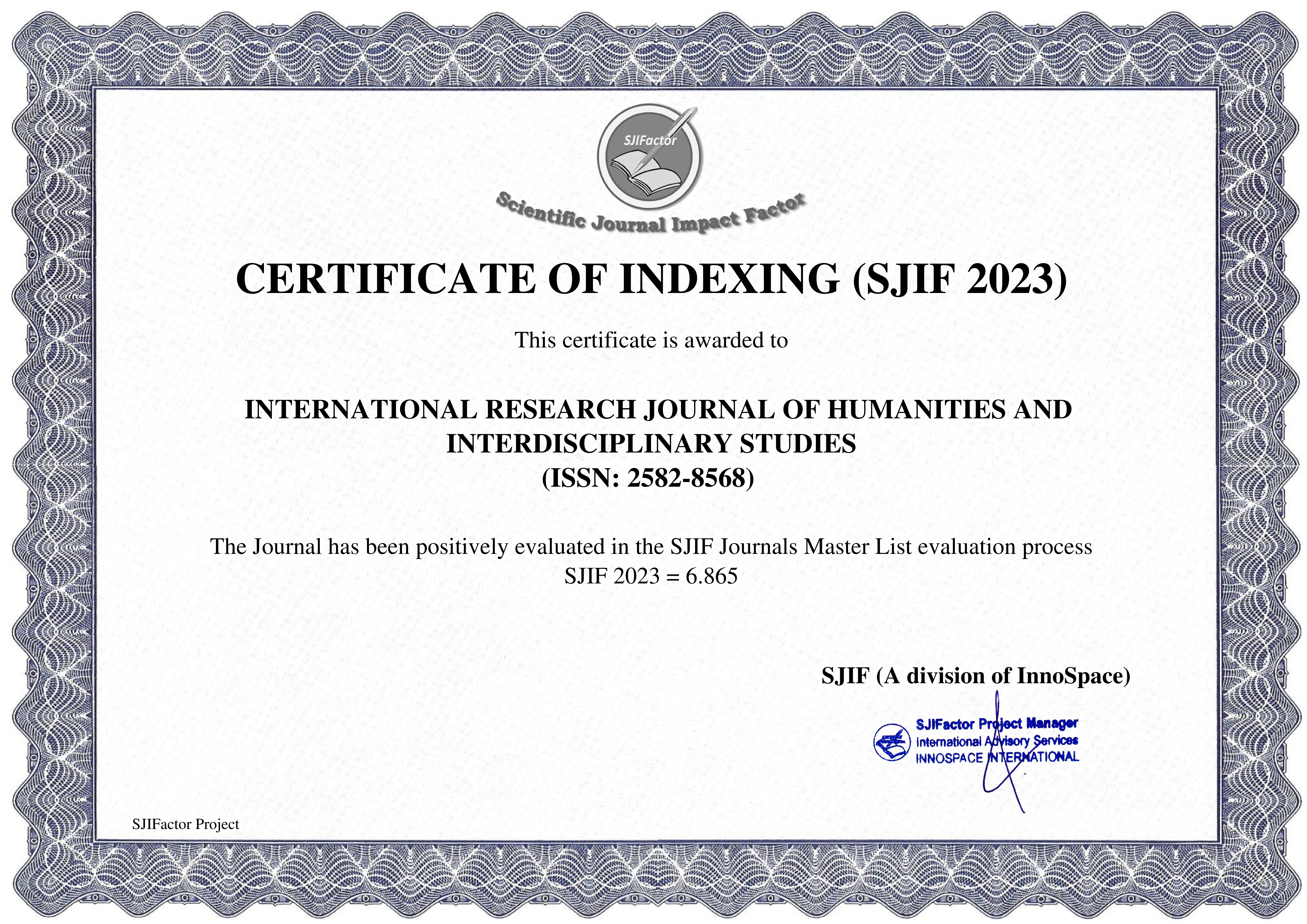Paper Details


Call For Papers
Volume 06, Issue 12
Frequency: 12 Issue per year
Paper Submission: Throughout the Month
Acceptance Notification: Within 2 days
Areas Covered: Multidisciplinary
Accepted Language: Multiple Languages
Journal Type: Online (e-Journal)
Announcement

Publish books with ISBN Number
- Edited Book
- Text Book
- Ph.D Thesis
- Conference Proceedings
ISSN Number:
2582-8568
Journal DOI No:
03.2021-11278686
Title:
Predictive Analysis on Foreign Exchange Rates
Authors:
Cite this Article:
,
Predictive Analysis on Foreign Exchange Rates, International Research Journal of Humanities and Interdisciplinary Studies (www.irjhis.com), ISSN : 2582-8568, Volume: 4, Issue: 3, Year: March 2023, Page No : 21-30,
Available at : http://irjhis.com/paper/IRJHIS2303004.pdf
Abstract:
The foreign exchange market is a global market for currency exchange and trade that is vital to the global economy. Foreign currency markets have existed since ancient times when metal coins were used for transactions. The Bretton Woods System and the European Joint Float are important changes in the foreign exchange market. The Foreign Exchange Regulation Act of 1973 empowered the Reserve Bank of India and the Central Government to supervise and regulate foreign exchange payments made outside of India. The Indian rupee's value in relation to the US dollar is governed by demand and supply, and disturbances such as the Russia-Ukraine war, global economic issues, inflation, and high crude oil prices can have an influence on its value. As a result, anticipating the Indian rupee's foreign currency rate is required. The purpose of this research is to identify the variables impacting the rupee's exchange rate, quantify their influence, and anticipate the rupee's future exchange rate. The data for the study includes secondary data gathered from reputable sources and magazines, and it comprises rupee exchange rates from April 2004 to November 2022. The factors under consideration include the rupee's exchange rate against the US dollar, inflation, foreign direct investment, trade balance, crude oil prices, and gold prices. To examine the data and anticipate the future exchange rate of the rupee, the study employs regression analysis and machine learning methods such as Logistic Regression. The study's conclusions are relevant to policymakers, investors, and enterprises that conduct foreign exchange operations using the rupee. In conclusion, the Indian rupee has fluctuated significantly during the last two decades, reaching a peak of 82 and a low of 39 versus the US dollar. The scatter plot shows a positive trend, demonstrating that the Indian rupee has risen in value relative to the US dollar over time. Among all the variables in the study (Inflation rate, interest rate, GDP, external debts and current account debits), the inflation rate is the most influential factor impacting the Indian rupee with a correlation of 0.97.
Keywords:
Foreign Exchange markets, Foreign Exchange, Indian Rupee, US Dollar, Gross Domestic Product, Consumer Price Index, National Debt, Interest Rates, Linear Regression, Logistic Regression
Publication Details:
Published Paper ID: IRJHIS2303004
Registration ID: 20974
Published In: Volume: 4, Issue: 3, Year: March 2023
Page No: 21-30
ISSN Number: 2582-8568
Download Full Paper: Click Here
Article Preview:





